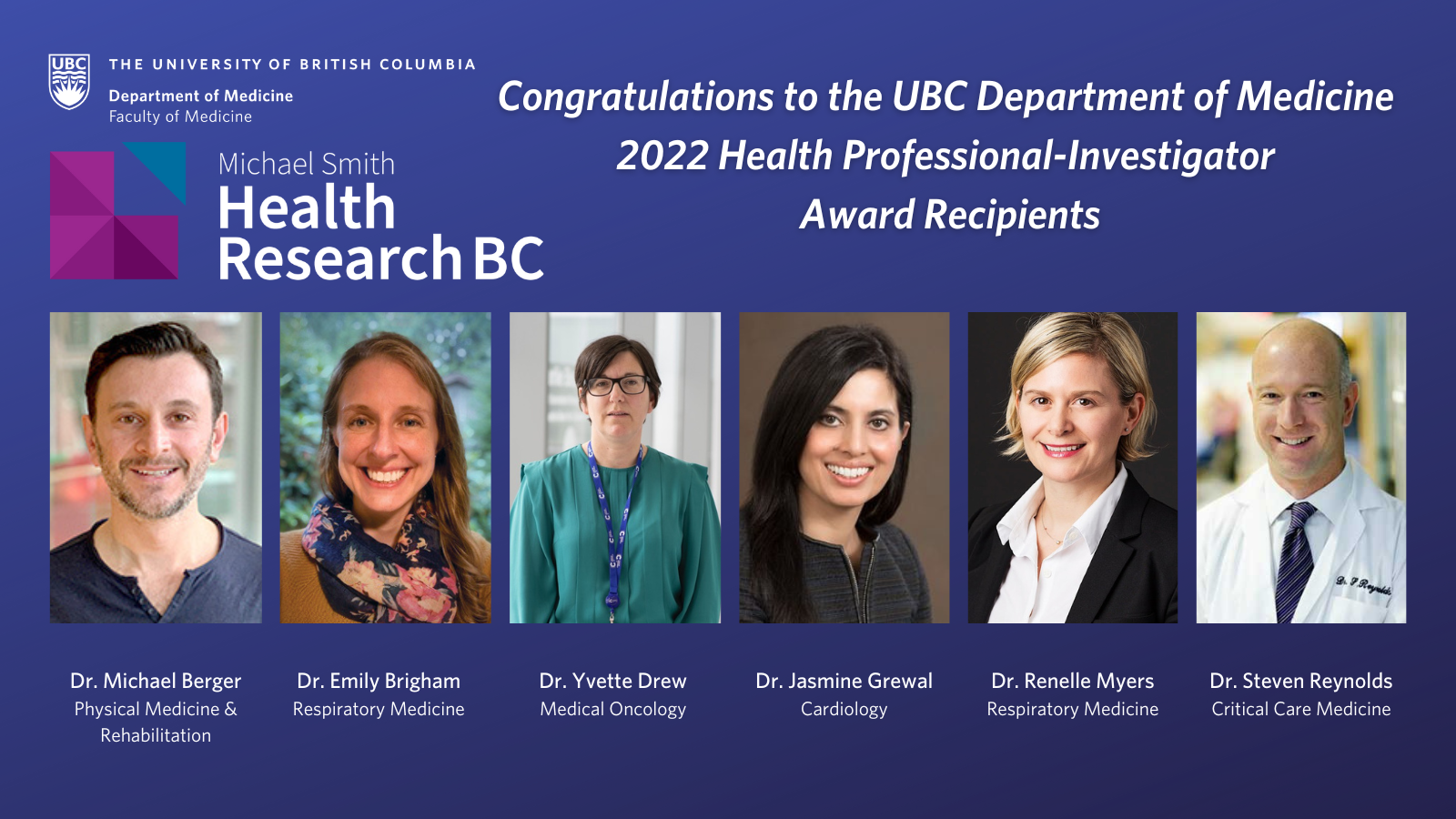Drs. Michael Berger, Emily Brigham, Yvette Drew, Renelle Myers, Steven Reynolds, and Jasmine Grewal have received the 2022 Michael Smith Health Research BC Health Professional-Investigator Award (HP-I)
The Health Professional-Investigator Program supports health professionals to develop and advance research with the goal of bringing research evidence into practice within the health system.
To learn more about all of the 2022 Michael Smith Health Research BC Health Professional-Investigator Awardees, please visit: https://healthresearchbc.ca/news_article/bc-health-professionals-awarded-funding-to-improve-health-outcomes/
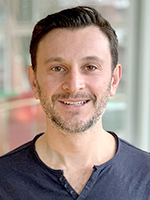
Dr. Michael Berger, Clinical Assistant Professor, Division of Physical Medicine & Rehabilitation
Project: Improving motor prognosis after spinal cord injury
Spinal cord injury (SCI) leads to devastating muscle paralysis. My research has shown that paralysis is due, not only to interruption of communication across the damaged spinal cord, but also because of damage to the nerves and muscles outside the spinal cord, which are equally as important in producing strength. This unrecognized damage may influence prognosis and how a patient responds to treatment. Unfortunately, we do not routinely test the health of these nerves and muscles. This makes it very challenging for doctors to provide patients with accurate information about prognosis and also for patients to make proper decisions about treatment options. My project will showcase the health of nerves and muscles after SCI, using a combination of routine clinical and special laboratory techniques. This information will lead to 1) identification of those at risk of nerve and muscle damage; 2) routine assessment of nerve/muscle health in clinical practice and; 3) the development of a tool to help patients make informed decisions about treatment. The project will be conducted by my team at GF Strong Hospital and with collaborators in three other Canadian centres.
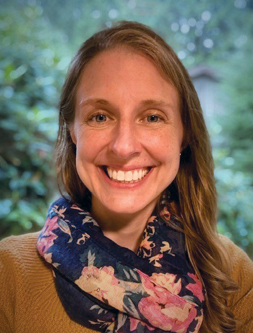
Dr. Emily Brigham, Assistant Professor, Division of Respiratory Medicine
Project: FIRE-Diet: Food as an Intervention to Reduce the Effects of Woodsmoke Exposure on Respiratory Health
Many people in BC are exposed to woodsmoke from woodburning stoves in their homes, controlled burning for farming purposes, and increasingly from wildfires. Exposure to woodsmoke can lead to difficulty breathing, lung disease, hospitalizations, and in some people who have underlying health conditions, even death. Children, whose lungs are actively developing, may be at heightened risk. We don’t yet fully understand how woodsmoke causes health effects nor how to reduce or prevent these effects in people who can’t avoid exposure. We want to find these answers, first by examining symptoms and changes in function and immune activity in the lung with exposure to woodsmoke. We will also study whether and how the impact of woodsmoke may differ by (1) age of exposure, including developmental windows in childhood, (2) female or male sex, and (3) genetic factors, so that we can design strategies to protect and help those with the greatest and most urgent need. Lastly, because of growing evidence that a healthier diet may help the body to protect itself from pollution, we will study whether a person’s diet changes the effects of woodsmoke on the lung. This work will be performed at UBC with partners across BC and Canada
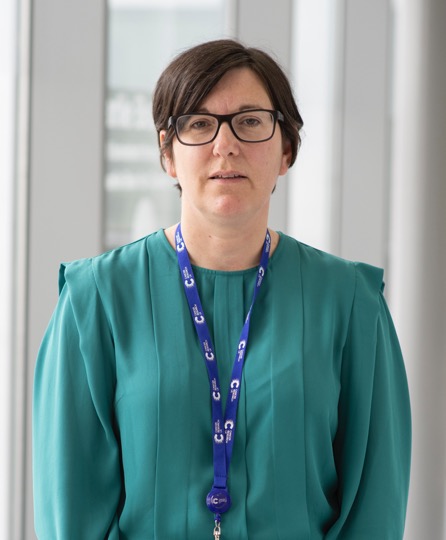
Dr. Yvette Drew, Associate Professor, Division of Medical Oncology
Project: Investigating novel, non-chemotherapy, targeted treatment strategies in High Grade Serous Ovarian Cancer
About 3,000 Canadians receive a diagnosis of ovarian cancer (OC) each year. Despite initial good responses to treatment, the chance of long-term survival is low with ~30 percent of patients living five years from diagnosis. Drugs called PARP inhibitors improve survival but only in about half of patients. Small clinical trials have shown promising results using chemotherapy-free PARP inhibitor targeted drug combinations. This proposed research asks several important questions. 1. Do chemotherapy-free targeted treatments work in OC and which drug combinations are best? 2. Which order treatments should be given, before or after chemotherapy? 3. What are the features of OCs that do not respond to PARP inhibitors and can we find new targets? We will use samples from two groups of patients to conduct the research: from a clinical trial called NEOCATS and from OC patients that did not respond to PARP inhibitors given as standard of care in BC Cancer sites. NEOCATS trial will run across Canada and is led by BC scientists. Laboratory studies will take place in our Vancouver labs and will use novel mice models to study how OC responds to different treatment combinations. Patient partners with lived experience of OC will help guide the project.

Dr. Jasmine Grewal, Clinical Professor, Division of Cardiology
Project: Bridging the Gap: Screening for Fontan Associated Liver Disease (FALD)
One in 3,000 children is born with one, instead of two, heart pumps, and as a result of a surgery called the “Fontan”, survive well into into adulthood. This surgery creates an artificial path that collects blood low in oxygen from the veins and sends to the lungs (instead of using a right heart pump) to pick up oxygen; leaving the single pump to send blood with oxygen to the body. We are learning these patients are developing many issues in adulthood including liver disease. The best way of identifying significant liver disease is through a liver biopsy, but it is not reasonable to perform biopsies regularly. We do not know the best way to easily identify and monitor liver disease in the Fontan population, yet this knowledge is critical to maintaining Fontan liver health, reducing co-morbidities ultimately benefiting our health care system. The first part of the study will be undertaken at St.Paul’s Hospital and Mazankowski Heart Center in Edmonton. We will perform a number of liver related blood tests/imaging to determine the best combination that identifies significant liver disease as diagnosed by liver biopsy. The second part will take place at five adult sites across Canada and will confirm our findings from the first part.

Dr. Renelle Myers, Clinical Assistant Professor, Division of Respiratory Medicine
Project: Lung cancer detection using the lung microbiome and exhaled breath
Lung cancer is the leading cause of cancer death worldwide. The number and proportion of lung cancers in people who have never smoked is projected to outpace active smokers in the next 25 years. Evidence indicates that outdoor air pollution, specifically one of its major components, particulate matter (PM 2.5), consisting of small particles measuring less than 2.5 microns in the air, is a major cause of lung cancer in never smokers. Chronic exposure to PM 2.5 can affect the layer of bacteria lining the lung (lung microbiome), changes in the lung microbiome referred to as dysbiosis have been shown to occur 10 years prior to a lung cancer diagnosis, signalling an increased risk for cancer. A promising, non-invasive tool to detect dysbiosis in the lung microbiome is studying the components of exhaled breath. Objectives: 1. Define the lung microbiome composition and function in people who never smoked, with and without lung cancer, including the effect of high levels of air pollution by direct bronchoscopic sampling. 2. Use exhaled breath to detect early lung cancer in people who have never smoked based on the differences in the lung microbiome between cancer and non-cancer individuals.
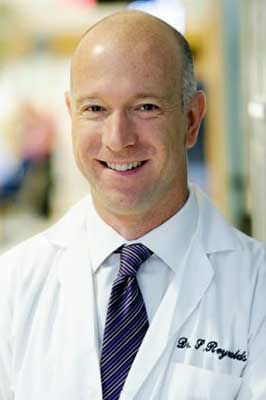
Dr. Steven Reynolds, Clinical Associate Professor, Division of Critical Care Medicine
Project: Phrenic nerve pacing to improve outcome in mechanically ventilated patients with acute respiratory distress syndrome
Our lungs normally work by the diaphragm contracting and pulling air into our lungs. The mechanical ventilator is an amazing invention that blows air into the lungs to inflate them. However, research has shown that this can cause lung, diaphragm, and brain injury. Recently, the intravenous catheter that is used in almost all ICU patients has been modified to have the ability to send a directed pulse of electricity across the blood vessel wall to activate the nerve that travels from the brain to the diaphragm, called the phrenic nerve. By sending a carefully directed electrical pulse, the diaphragm can be activated even in patients who are deeply sedated and critically ill. We have shown in a pig model that when this is used in conjunction with mechanical ventilation, it can protect the lung, diaphragm, and brain from injury. We propose studying patients who have low-oxygen levels and are acutely ill. Our team at Royal Columbian Hospital has extensive experience with this novel intervention and will be partnering with a multi-disciplinary team, including patient partners, to carry out this patient-oriented research. This work has the potential to improve patient outcomes and save the healthcare system valuable resources.
